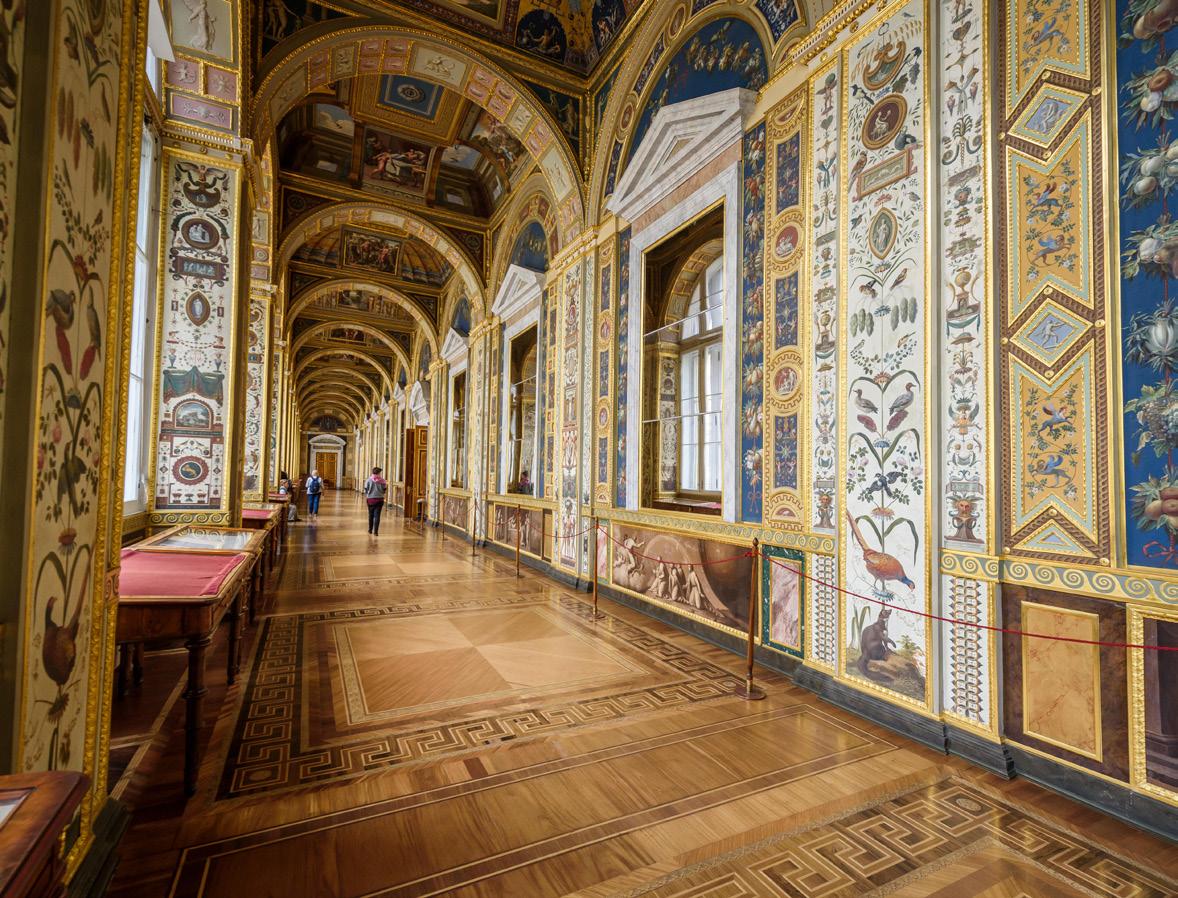Inside A Historic $202 Million Baltic Estate Built To Outlast Empires

Content Index
Weissenhaus: A 400-Year-Old Baltic Estate Built for Legacy, Not Display
In a world where luxury real estate often competes for attention with flashy glass walls, tech-powered controls, and statement fig trees, Weissenhaus stands apart. It doesn’t need gimmicks. Spanning nearly 200 acres along Germany’s Baltic coastline, this historic estate—now listed by Sylt Sotheby’s International Realty for €185 million (around $202 million)—lets its rich heritage speak for itself.

This isn’t just a home; it’s a cultural landmark. The property is made up of 40 buildings scattered across parkland and coastline, each one a chapter in Northern European architectural history. “Weissenhaus isn’t just one of Europe’s priciest estates—it’s a beautifully preserved cultural monument,” says Julia Scharfe of Sylt Sotheby’s International Realty. “Its value lies not only in its size, but in its exceptional integrity and historical depth.”
An Estate with Purpose and Heritage
You may also like
Lucia Cannes: The New Riviera Icon Redefining Beachside Glamour
Weissenhaus stretches across more than 185 acres, including nearly two miles of private beachfront. The architecture on the property reflects centuries of evolution, from Dutch Renaissance to Baroque, and finally to Wilhelmine grandeur in the late 19th century. The original manor was built in 1607 by the Pogwisch family, who broke tradition by choosing a whitewashed exterior instead of exposed timber and stone—an early sign of the estate’s bold vision.
In 1735, the Platen Hallermund family took over and shaped the estate through eight generations. Their most significant change came in 1818 when they replaced rigid French gardens with a more naturalistic English landscape style—following the lead of designers like Capability Brown.

A fire in 1895 destroyed much of the estate, but the 17th-century vaulted cellar survived. This became the foundation for a new manor rebuilt in 1897 in full Wilhelmine elegance—featuring symmetrical facades, mansard roofs, and handcrafted detailing. “It’s not a replica,” Scharfe notes. “It’s an authentic expression of aristocratic architecture from that time.”
You may also like
Luxurious Getaways in Los Angeles
A New Purpose Through the Ages
Like many grand estates, Weissenhaus adapted with time. From 1952 to 1975, it served as a training school, preserving the buildings even if their original purpose was lost. But the architectural narrative never stopped. What began as Dutch-inspired design gradually shifted over centuries, reflecting broader cultural movements across Europe.
Even today, that evolution continues. Glass-fronted garden villas and cedar-clad spa buildings blend seamlessly into the landscape, updating the estate for modern wellness needs without clashing with its roots.
You may also like
Top 5 Luxury Holiday Destinations in the U.K.
Luxury That Respects the Past
Weissenhaus now includes 70 guest suites across farmhouses, carriage houses, and the main manor—each one unique. The 27,000-square-foot spa, nestled in restored buildings, shows how old-world design can still support modern luxury.

“It’s a full historical ecosystem,” Scharfe explains. “From thatched dairy houses to the old bakery, the entire property is a walkable archive of Baltic and German heritage.” Think Axel Vervoordt meets North German countryside.
You may also like
Seniors Can Now Fly Business Class for Economy Prices — Here’s How?
One of the estate’s most serene spots features old working buildings—once a bakery, dairy, and smithy—reflecting in a still pond surrounded by ancient trees.
Weissenhaus is also conveniently located: just 70 miles from Hamburg by car or 20 minutes by helicopter. Unlike most stretches of Baltic coastline, this property enjoys almost uninterrupted private access to the beach. In 2022, it even hosted the G7 Foreign Ministers Meeting, showing its readiness for both privacy and prestige.

A Home for a Visionary
There’s no doubt Weissenhaus is extraordinary. The question is: who is it for? “The right buyer isn’t just wealthy—they’re a curator,” says Thorsten Möller, co-listing agent. “This estate needs someone who respects heritage and values timeless experiences.”

Currently operating as a luxury hotel with 90 rooms, a cinema, four restaurants, a spa, and even a recording studio, Weissenhaus could easily transform into a private residence, family retreat, or the headquarters of a cultural foundation.
It’s also designed for the future. The estate runs on solar energy, has its own biogas plant, and includes water recycling systems. Much of the property is protected under Germany’s heritage conservation law (Denkmalschutz), ensuring its historical importance is preserved.

Legacy, Not Luxury
Weissenhaus isn’t about showing off. It’s about continuing a legacy. For the rare buyer who sees value in design, culture, and stewardship, it offers a chance to become part of a 400-year-old story—one where the past and present live side by side in quiet harmony.
